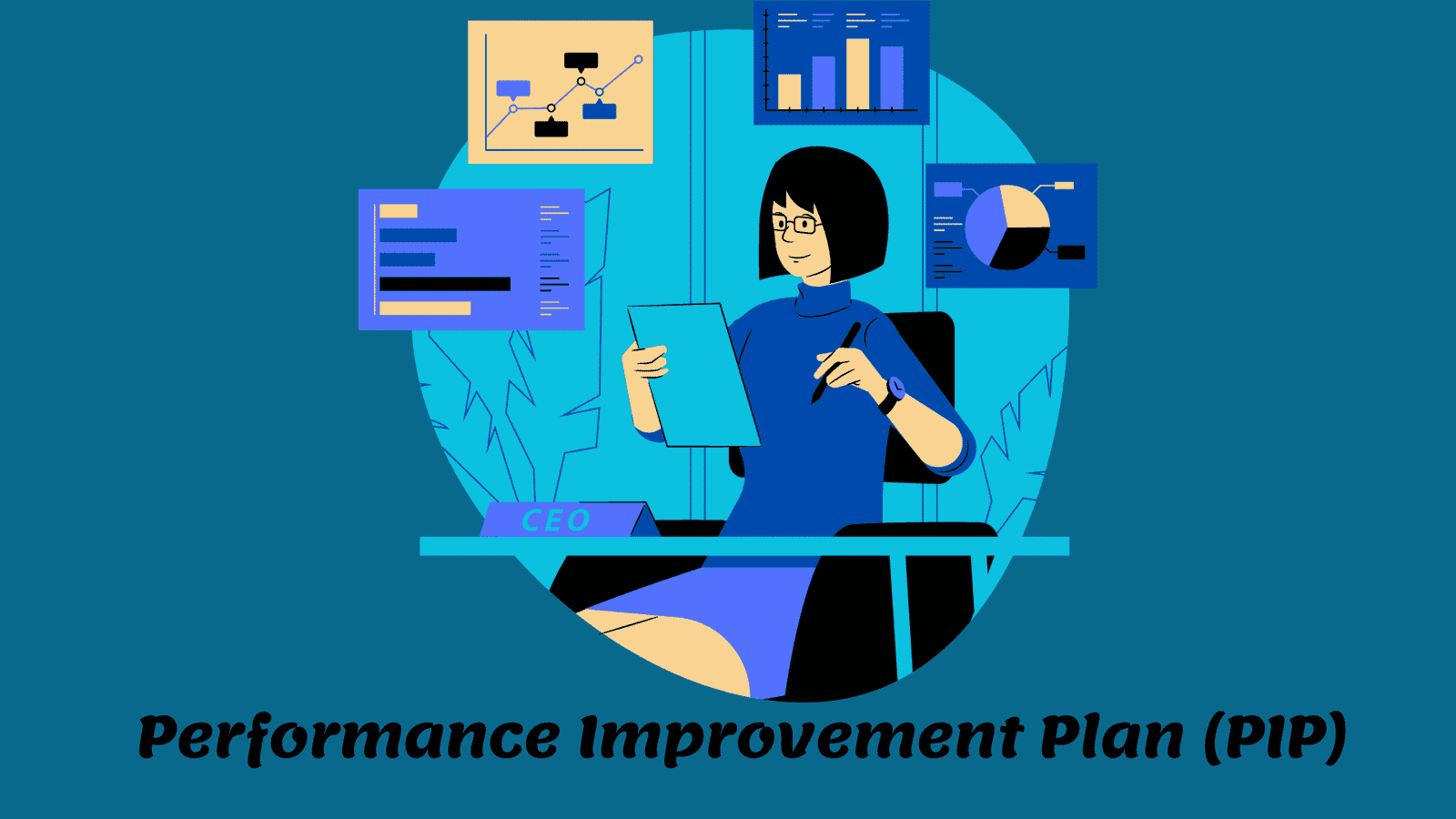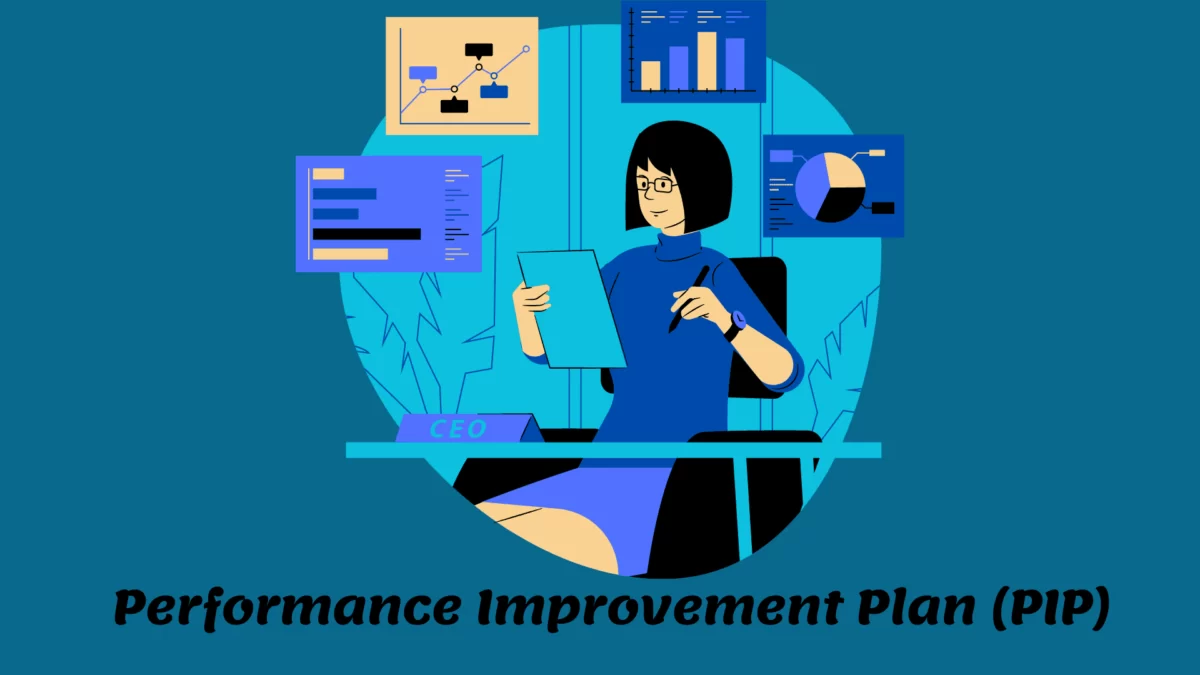Craft an effective strategic plan by understanding how often to company revise its. Explore annual reviews, quarterly check-ins, trigger-based revisions, and multi-year refresh cycles to keep your organization aligned with changing market dynamics and internal goals. Discover best practices and common pitfalls to enhance strategic planning’s effectiveness.
Explain How often should a company revise its strategic plan
The frequency with which a company should revise its strategic plan is a pivotal aspect of maintaining its relevance and effectiveness in achieving long-term objectives.
This frequency hinges on multiple factors, including the industry dynamics, organizational size, market volatility, and internal objectives.
Here’s a more comprehensive exploration of this subject, elaborating on different strategies and best practices to ensure a sound approach toward strategic planning.
Strategic Plan Review Frequency
1. Annual Review (Baseline)
Most companies opt for a formal annual review of their strategic plan. This procedure typically aligns with the budgeting cycle and overall performance assessment. Revisiting the strategic plan on an annual basis can help organizations to:
- Align Goals with Financial Planning: Annual reviews enable businesses to ensure that their strategic initiatives are in sync with their financial forecasts and budgets.
- Analyze Yearly Performance: Evaluating business performance against set objectives allows decision-makers to identify successes and areas requiring improvement.
- Account for Changes in the Market: An annual review provides an opportunity to reassess the competitive landscape, market conditions, and new growth opportunities.
Example: A mid-sized manufacturing company might undertake this review every Q1, setting explicit targets for the year based on prior performance.
2. Quarterly Check-Ins (Agile Adjustments)
In rapidly evolving sectors such as technology, startups, or retail, a quarterly review is often essential to remain agile and adaptive. Quarterly check-ins allow organizations to:
- Monitor Progress: Frequent evaluations of ongoing projects help keep teams aligned and accountable to their targets.
- Address Emerging Risks: Swiftly recognizing potential risks, such as supply chain disruptions or new competitors, enables proactive adjustments rather than reactive responses.
- Reallocate Resources Efficiently: Quarterly reviews permit organizations to pivot their resource allocation toward higher-priority initiatives based on real-time feedback.
Example: A SaaS startup might analyze its strategic plan quarterly to adjust its course based on customer insights or market funding changes.
3. Trigger-Based Revisions (As Needed)
Certain circumstances warrant immediate revisions to a strategic plan, regardless of the predetermined review schedule. Key triggers that necessitate a redraft include:
- Significant Market Shifts: The introduction of new regulations or drastic changes in customer behavior may necessitate an urgent revision of strategic focus.
- Internal Organizational Changes: Mergers, acquisitions, or changes in leadership can lead organizations to reassess their strategic direction.
- Technological Breakthroughs: Disruptive technologies can alter industry landscapes significantly, requiring an updated strategic approach.
Example: A healthcare organization may need to rework its strategic plan promptly upon the enactment of new data privacy regulations.
4. Multi-Year “Refresh” Cycles
For long-term strategic endeavors extending over three to five years, conducting a mid-term refresh is advisable. This could occur every 18 to 24 months, focusing on:
- Reevaluating Market Assumptions: As external factors evolve, the assumptions initially outlined in the strategic plan may require reevaluation.
- Updating Technology Roadmaps: Initiatives related to technology often evolve based on developments in the field, necessitating periodic updates.
- Incorporating Lessons Learned: Organizations gain valuable insights from early initiatives, and reviews provide a platform to integrate these lessons into future planning.
Example: An energy sector company might revisit and refine its sustainability plan every two years to adapt to changing environmental standards.
Factors Influencing Revision Frequency
The frequency of strategic plan revisions can be influenced by several critical factors. The following table illustrates various influences and their corresponding impacts:
| Factor | High Revision Frequency | Low Revision Frequency |
|---|---|---|
| Industry Volatility | Tech, startups, retail | Utilities, government, education |
| Company Size | Small/Agile firms | Large, established corporations |
| Growth Stage | Scaling rapidly or pivoting | Stable, mature organizations |
| External Risks | High regulatory or competitive pressure | Predictable markets |
Best Practices for Strategic Plan Revisions
To maintain an effective strategic plan, companies can embody several best practices:
- Continuous Monitoring: Employ Key Performance Indicators (KPIs) and dashboards to track real-time progress, ensuring early identification of deviations from the plan.
- Scenario Planning: Develop flexible plans that prepare the organization for multiple potential futures (e.g., economic recession, market boom, technological disruption).
- Stakeholder Feedback: Regular consultative sessions with executives, employees, and customers help validate the assumptions underpinning the strategic plan.
- Rolling Forecasts: Replace static 5-year plans with dynamic rolling forecasts (e.g., updated every 12–18 months) in volatile industries to enhance adaptability.
Common Pitfalls to Avoid
Organizations embarking on strategic plan revisions should remain aware of the following pitfalls:
- Over-revising: Excessive changes to the strategic plan can lead to confusion among team members and dilute focus, ultimately hindering execution.
- Under-revising: Conversely, neglecting to revisit an inflexible plan can result in it becoming obsolete, causing organizations to miss key growth opportunities or ignore pressing risks.
- Siloed Updates: Ensure that revisions are not conducted in isolation; a collaborative approach involving cross-functional teams enhances the overall effectiveness and buy-in for the plan.
When to Conduct a Full Overhaul vs. Minor Tweaks
Deciding between a full strategic overhaul or minor adjustments can be clarified with the following table:
| Full Overhaul | Minor Tweaks |
|---|---|
| Mergers/acquisitions | Updating specific KPIs or project timelines |
| Major market disruption | Reallocating budget between specific strategic projects |
| Leadership changes | Refining and enhancing existing initiatives |
Final Recommendation
To sum up the preceding points:
- A formal annual revision typically serves as the baseline for most companies aiming to align long-term goals with current realities.
- Quarterly check-ins are essential for organizations in agile sectors that need to adapt quickly.
- Ad-hoc revisions should be made in response to significant external or internal triggers to maintain strategic relevance.
By striking a careful balance between structured planning and adaptability, companies can ensure their strategic plan functions as a living document, continually guiding them toward growth and resilience in an ever-changing environment.
Frequently Asked Questions (FAQs)
How often should a company revise its strategic plan?
The revision frequency varies based on industry dynamics, company size, and market volatility. Common practices include:
- Annual Reviews: Aligns with budgeting cycles and performance assessments.
- Quarterly Check-Ins: Ideal for fast-paced industries needing agility.
- Trigger-Based Revisions: Necessary when significant market or internal changes occur.
- Multi-Year Refresh Cycles: Suggested for long-term strategies every 18 to 24 months.
What are the best practices for revising a strategic plan?
- Continuous Monitoring: Use KPIs for real-time progress tracking.
- Scenario Planning: Prepare for various possible futures.
- Stakeholder Feedback: Regular consultations to validate plan assumptions.
- Rolling Forecasts: Update plans dynamically instead of relying on static models.
What are common pitfalls to avoid during revisions?
- Over-revising: This can create confusion and lose focus.
- Under-revising: Results in obsolescence and missed opportunities.
- Siloed Updates: Revisions should involve cross-functional collaboration.
When should a company conduct a full overhaul?
A full overhaul is needed during significant changes such as mergers, major market disruptions, or leadership shifts. Minor tweaks are appropriate for updates to specific KPIs or project timelines.














